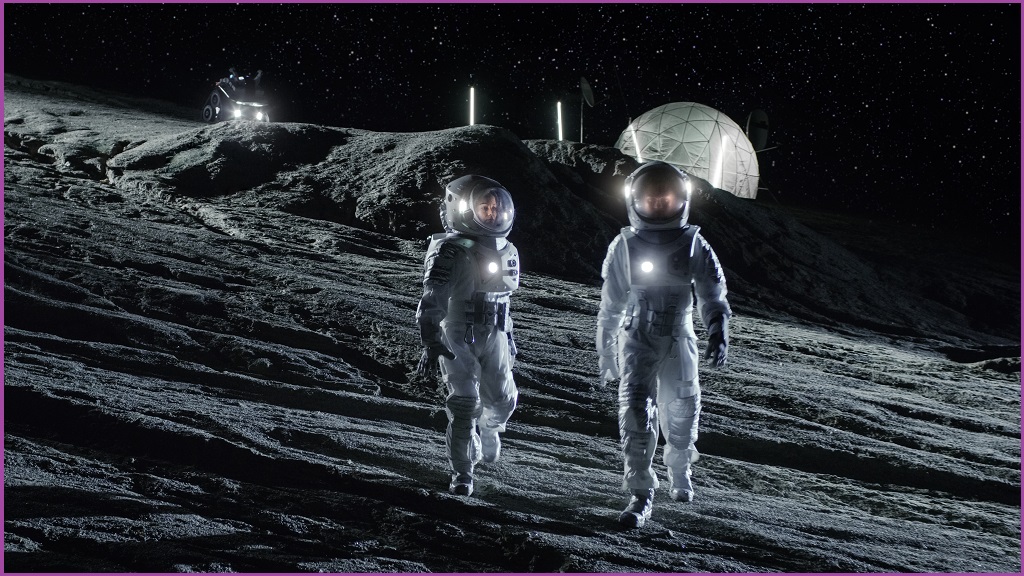Humans will be living on the Moon by 2030, a NASA scientist has claimed, as the US space agency celebrates the first successful test launch of its next-generation Artemis rocket and Orion spacecraft.
Speaking to the BBC over the weekend, the head of NASA’s Orion Program Howard Hu said there would be astronauts living and conducting experiments on the Moon “in this decade”.
“They’ll be living [on the Moon], they’ll have habitats, they’ll have rovers on the ground,” he said.
“It’s more than living, it’s really about science. We’re going to the South Pole because there’s ice and they’ll be able to extract water [and] convert that to fuel for our propulsion systems.”
The Moon, by Hu’s reckoning, will become a kind of service station for the next phase of NASA’s next endeavours into deep space: humans landing on Mars.
But first NASA needs to make sure its rockets and the Orion spacecraft – which will ferry astronauts to and from the Moon – are fully functional.
This turned out to be more difficult than expected after Artemis’s first launch was delayed repeatedly with the latest failure to launch stemming from leaks in the rocket.
Artemis 1 finally took off last week, sending the unmanned Orion craft on a brief pass of the Moon before it makes its way back to Earth.
#Artemis I, Flight Day 5. Orion spacecraft takes a selfie while approaching the Moon ahead of the outbound powered flyby - a burn of Orion's main engine on the @ESA service module. During this maneuver Orion came within 81 miles of the lunar surface. pic.twitter.com/93GkJ7Ubry
— Orion Spacecraft (@NASA_Orion) November 22, 2022
One of the most important aspects of the Artemis 1 mission is to make sure the heat shield on the Orion capsule successfully protects the craft on its extremely hot re-entry into Earth’s atmosphere.
Sub-systems aboard Orion like communications and life support have also been tested with a mannequin substituting for the first woman and person of colour who will board the craft for their trip to the Moon in subsequent missions.
Unlike previous Moon missions which involved brief visits to the lunar surface, NASA is wanting to establish a more permanent presence on the Moon via an orbital craft that, like the International Space Station, that will allow astronauts and supplies to travel more easily to-and-from Earth.
There are a range of technologies NASA needs to get a Moon base up and running including 4G/LTE communications and autonomous rovers which Australian scientists will be supplying.
Hu said the ambitious program was about providing a foundation for humans to live in space and, one day, maybe even other planets.
“You need to build the transportation system, you need to be able to understand what it takes to operate and live in that kind of environment," he said.
The Artemis program is just the latest in a new golden age for space travel that has seen commercial flights send billionaires like Virgin boss Richard Branson and Amazon founder Jeff Bezos into space, a new era of satellite internet, spectacular hi-resolution images of the universe, and Australian companies launching rockets with a view of one day sending local astronauts into orbit.










